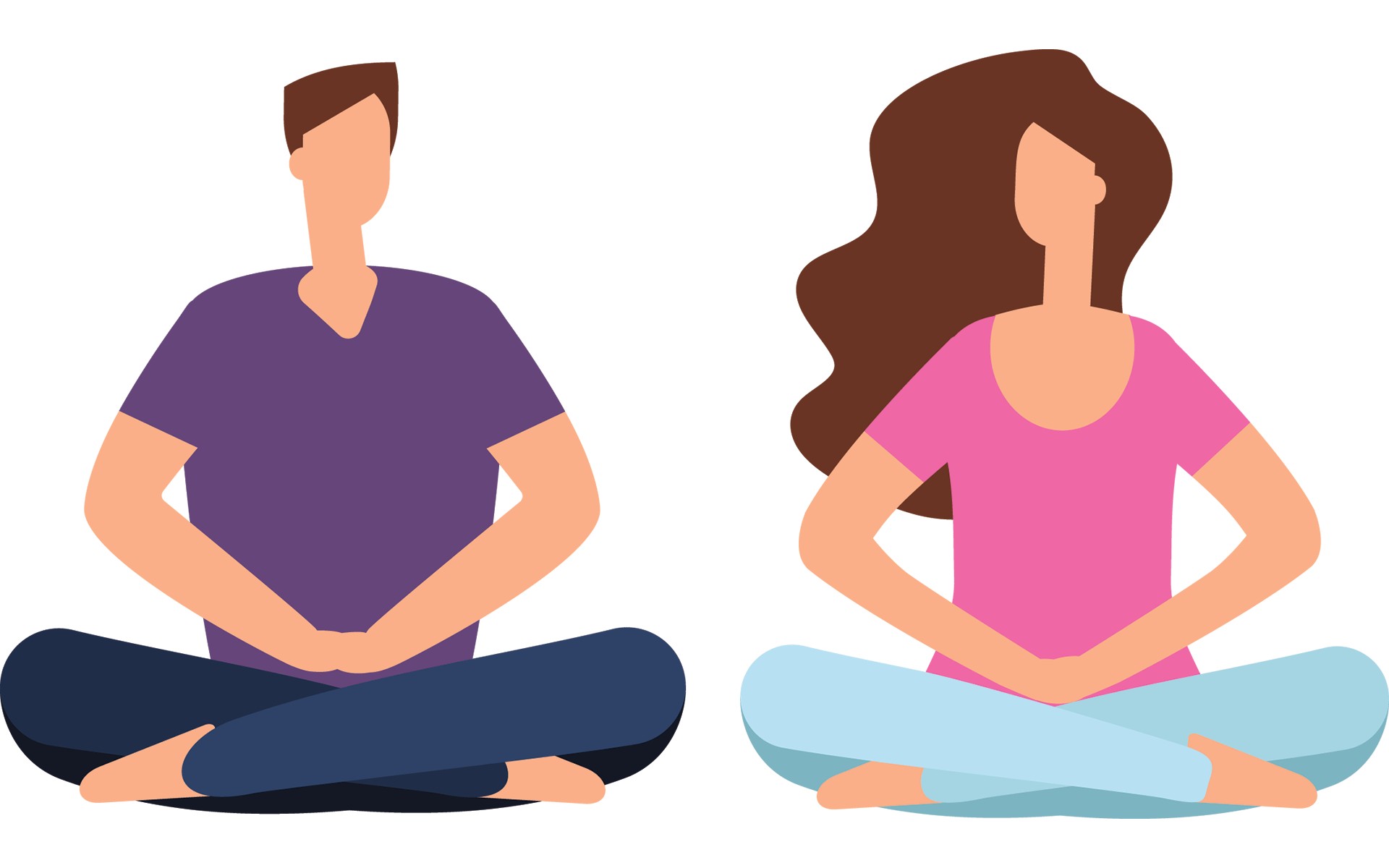Mindfulness is the fundamental human ability to be fully present, aware of our location and actions, and not excessively reactive or overwhelmed by external events. It’s not purely intellectual; you can cultivate mindfulness through formal meditation practices or by consciously engaging in everyday activities.
 Woman meditating outdoors
Woman meditating outdoors
If you’re interested in learning more about mindfulness and how to practice meditation, this guide will walk you through the process, focusing on “How To Do A Guided Meditation” effectively.
Practicing Mindfulness Meditation On the Go
Virtually any task we undertake daily – whether it’s brushing teeth, eating lunch, conversing with friends, or working out – can be approached with mindfulness.
Mindful actions involve heightened attention and sensory awareness. You’re attuned to your senses, thoughts, and emotions, avoiding rote behavior.
Incorporating mindfulness into your routine allows practice even when you’re too busy for traditional meditation.
Learning How to Meditate: Guided Meditation
When starting, setting a practice duration is helpful to avoid indecision about when to stop. Beginners can start with five or ten minutes. Gradually, increase to 30, 45, or even 60 minutes. Use a timer. Many meditate in the morning and evening, or just one. Even a little is better than none. When you have more time, extend your practice. Guided meditations can help focus the mind easily.
Find a quiet, uncluttered space at home with natural or artificial light. Meditating outdoors is also an option, as long as the location is relatively free of distractions.
This posture can stabilize you and encourage relaxation before you re-enter your day. If you have injuries or difficulties, modify this practice to suit your needs.
How to Sit for Mindfulness Meditation
- Find Your Seat: Whether on a chair, cushion, or bench, find a stable, solid base. Avoid perching or leaning back.
- Position Your Legs: If on a cushion, cross your legs comfortably. If on a chair, ensure your feet touch the floor.
- Straighten Your Upper Body: Maintain your spine’s natural curvature. Your head and shoulders should rest comfortably.
- Position Your Arms: Keep your upper arms parallel to your torso, with hands resting on your legs. This placement prevents hunching or stiffness.
- Lower Your Gaze: Drop your chin slightly and let your gaze fall gently downwards. You can lower your eyelids, but closing your eyes isn’t necessary. Allow whatever appears before you to exist without focus.
- Pause and Relax: Take a few moments to relax and focus on your breath or bodily sensations.
- Feel Your Breath: “Follow” your breath as it enters and exits. Focus on the physical sensations: air moving through your nose or mouth, the rise and fall of your abdomen or chest. Mentally note “breathing in” and “breathing out.”
- Acknowledge Wandering Thoughts: Your attention will inevitably stray. Don’t worry. Avoid blocking or eliminating thoughts. When you notice your mind wandering, gently redirect your attention back to your breath.
- Pause Before Adjusting: Before making physical adjustments, pause. Intentionally choose when to shift, creating space between experience and action.
- Observe Without Reaction: Your mind may wander constantly. Practice observing thoughts without reacting or engaging with them. Just sit and pay attention. Return repeatedly without judgment or expectation.
- End the Meditation: When ready, gently lift your gaze (or open your eyes). Notice sounds, body sensations, thoughts, and emotions. Pause and decide how to proceed with your day.
This is the practice. It’s simple but not necessarily easy. Consistency is key.
How Much Should I Meditate?
Meditation is powerful and worthwhile. Commit to daily practice, even if only for five minutes. Meditation teacher Sharon Salzberg said, “The most important moment in your meditation practice is the moment you sit down to do it… You’re not just holding some value like mindfulness or compassion in the abstract, but really making it real.”
Neuroscientist Amishi Jha’s research in Peak Mind found that 12 minutes of meditation, 5 days a week, can strengthen your ability to pay attention.
In summary, learning how to do a guided meditation involves understanding the principles of mindfulness, finding a comfortable posture, focusing on your breath, and practicing consistently. With patience and dedication, you can experience the numerous benefits of mindfulness meditation.
